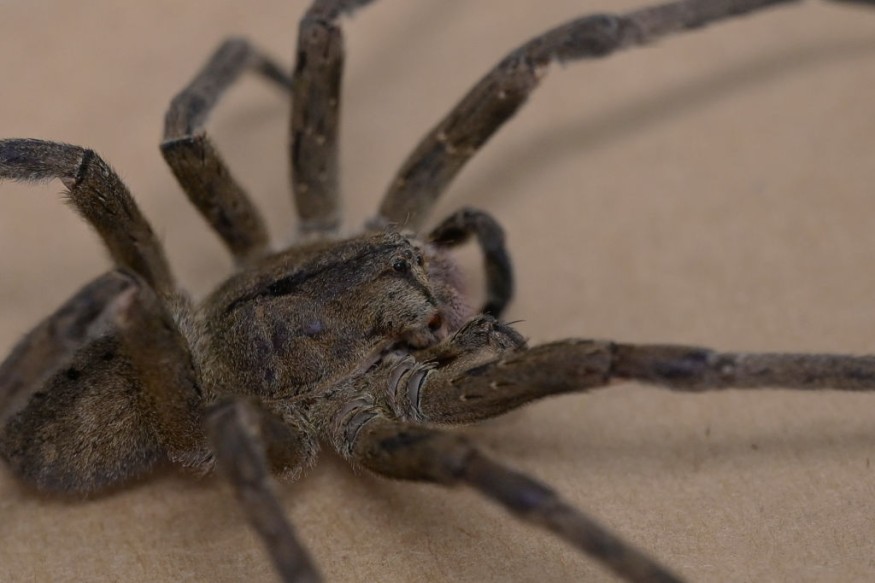The jumping spiders (Salticidae) stand out in the intricate tapestry of the arachnid world for their extraordinary agility, sharp vision, and charismatic presence.
These tiny acrobats have caught the fancy of scientists and nature enthusiasts alike, with over 6,000 species recognized. Despite their small size, jumping spiders exhibit a remarkable diversity of behaviors and adaptations that distinguish them in the complex world of arachnids.
Jumping Spiders Plan Routes For Their Prey

Despite having a brain the size of a poppy seed, jumping spiders are highly intelligent. According to a study, many species of jumping spiders design complicated routes and detours to get their prey-a trait normally found in larger creatures.
Portia fimbriata, a species of jumping spider, has shown that it can sneak up on target spiders and even discover hidden prey by envisioning its location and planning routes to go to it.
To test the ability of the spiders, Robert Jackson of New Zealand's University of Canterbury and his colleague Fiona Cross built up an obstacle course that included 14 different Spartaeinae species.
Because these spiders dislike getting wet, the course consisted of a tower on a platform surrounded by moats, from which a hungry spider could see two distant boxes: one holding spider fragments and the other with leaves.
The spider had to descend down the tower onto a platform, then cross one of two pillars leading to separate dangling pathways-one to the food and one to the leaves-to get to the meal.
To make the course more difficult, the researchers emptied the boxes once the spider began its trip down the tower, removing the spider's visual reminders of where the food is kept.
Amazingly, each species of jumping spider breezed through the obstacle course and made it to the food-filled box.
"Their vision is more on par with vertebrates. And that allows them to do things that are physically impossible for other animals that size," said Damian Elias of the University of California, Berkeley.
Jumping Spiders Have Great Eyesight
Jumping spiders' eyes are also spectacular, and they are better at spotting patterns than elephants. Their primary eyes, known as the principal eyes, are similar to a pair of microscopic binoculars in that they feature a big outer lens, followed by a smaller inner lens that magnifies the image from the outer lens and projects it onto the retina.
The spiders are also unique in that their muscles are directly linked to their retinas. That means they can move their retinas up and down and side to side, focusing on different parts of the world without causing any movement on the exterior, which is a useful ability for a hunter.
Meanwhile, the secondary pairs of eyes in spiders are less keen, but they provide critical peripheral vision.
Most jumping spiders can see ultraviolet light, as well as blues and greens. However, certain species have evolved particular methods to enhance their color vision.
Jumping Spiders Vary in Colors
Experts claim that these are the more colorful species, such as the paradise jumping spiders (genus Habbernatus), which are commonly painted red and orange.
Other jumping spiders have developed pigments that sit in front of their blue or green color receptors, allowing them to see color. Only red wavelengths of light pass through these pigments. Even though the receptors aren't particularly sensitive to these wavelengths of light, they respond to the stimuli, alerting the spider that red or orange is present. Birds and reptiles frequently employ this approach to broaden their color vision.
Related Article : Jumping Spiders Learn To Distinguish Red Toxic Prey From Yummy Blood-Filled Mosquitoes
© 2026 NatureWorldNews.com All rights reserved. Do not reproduce without permission.





